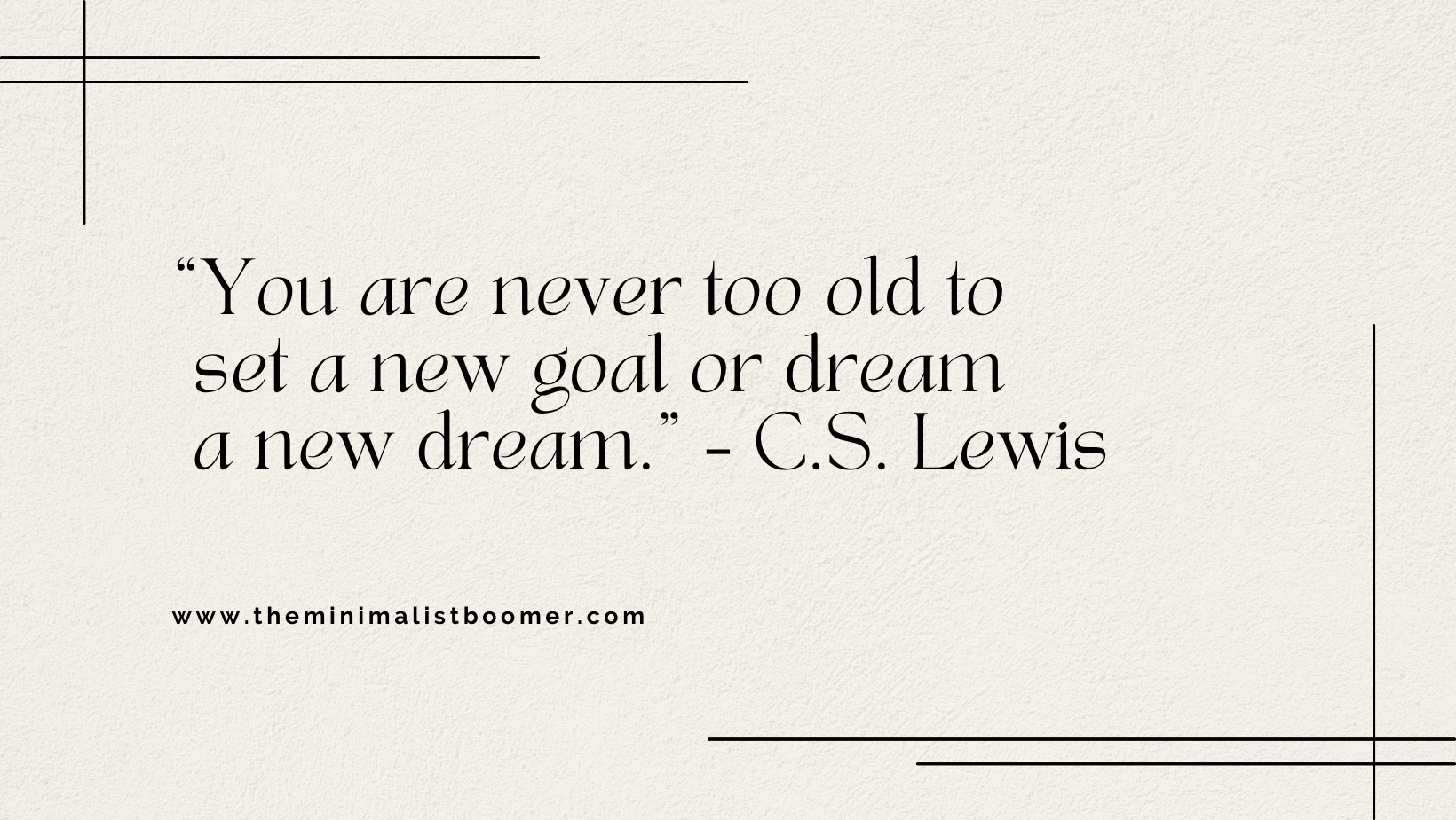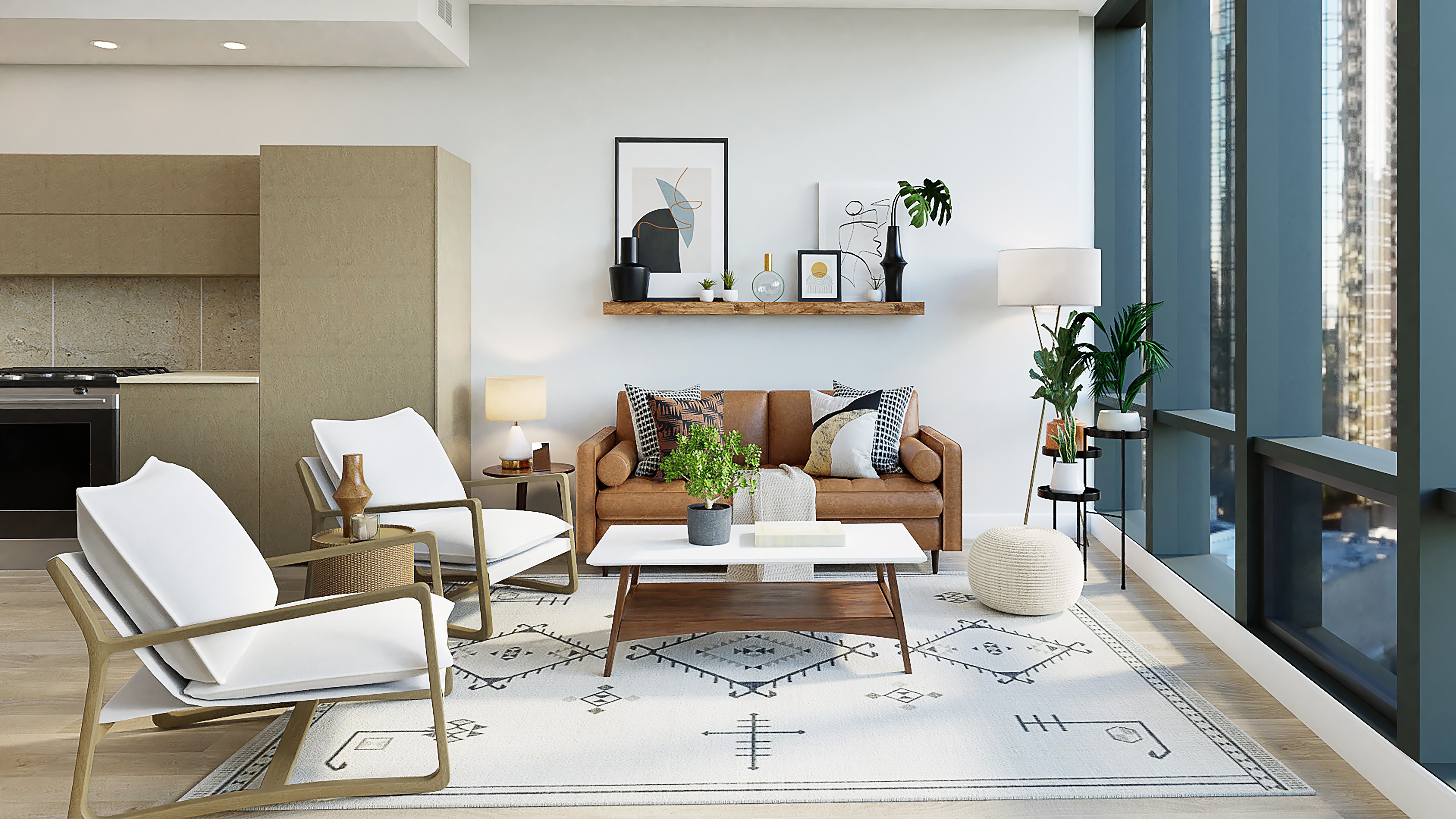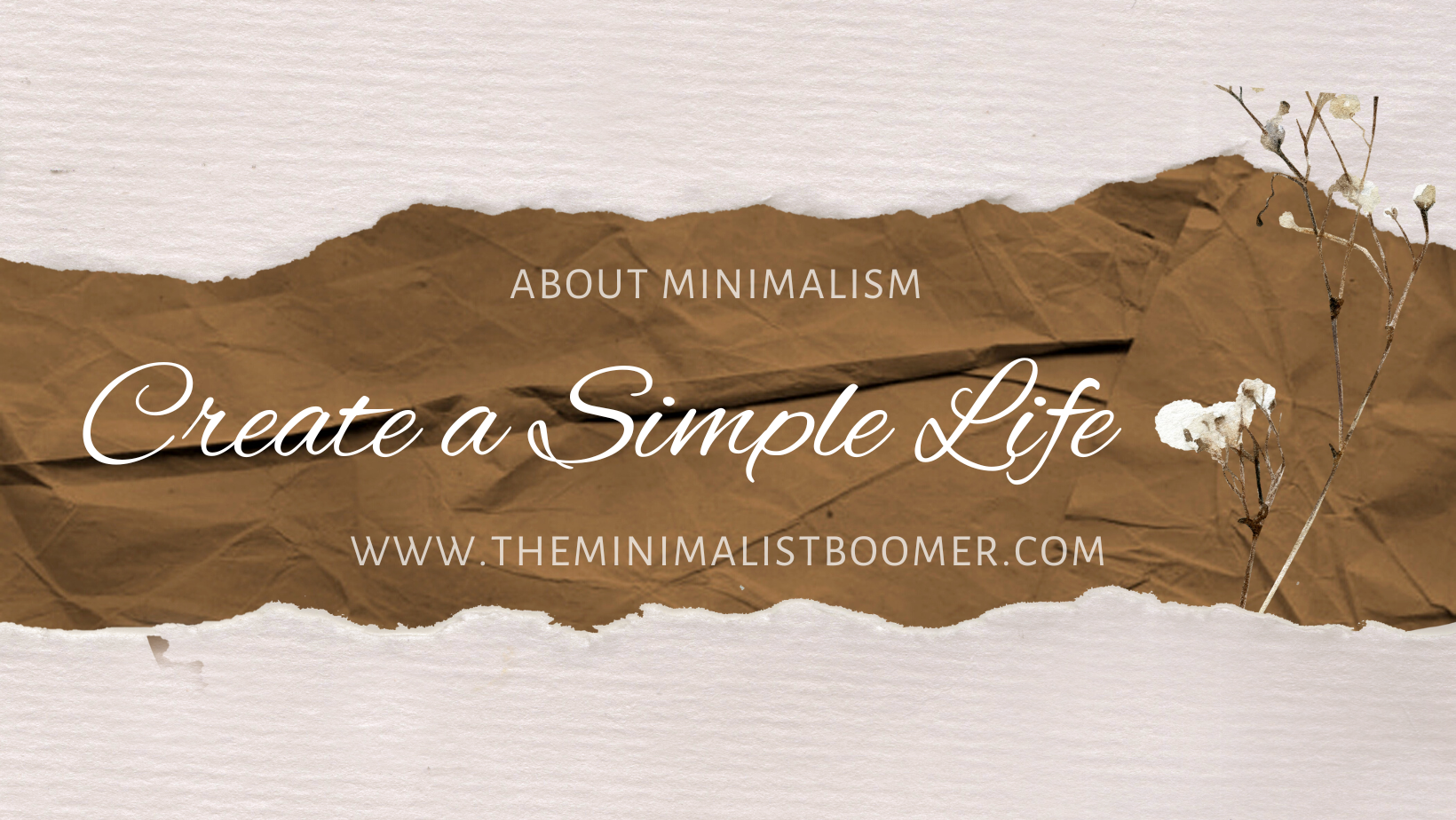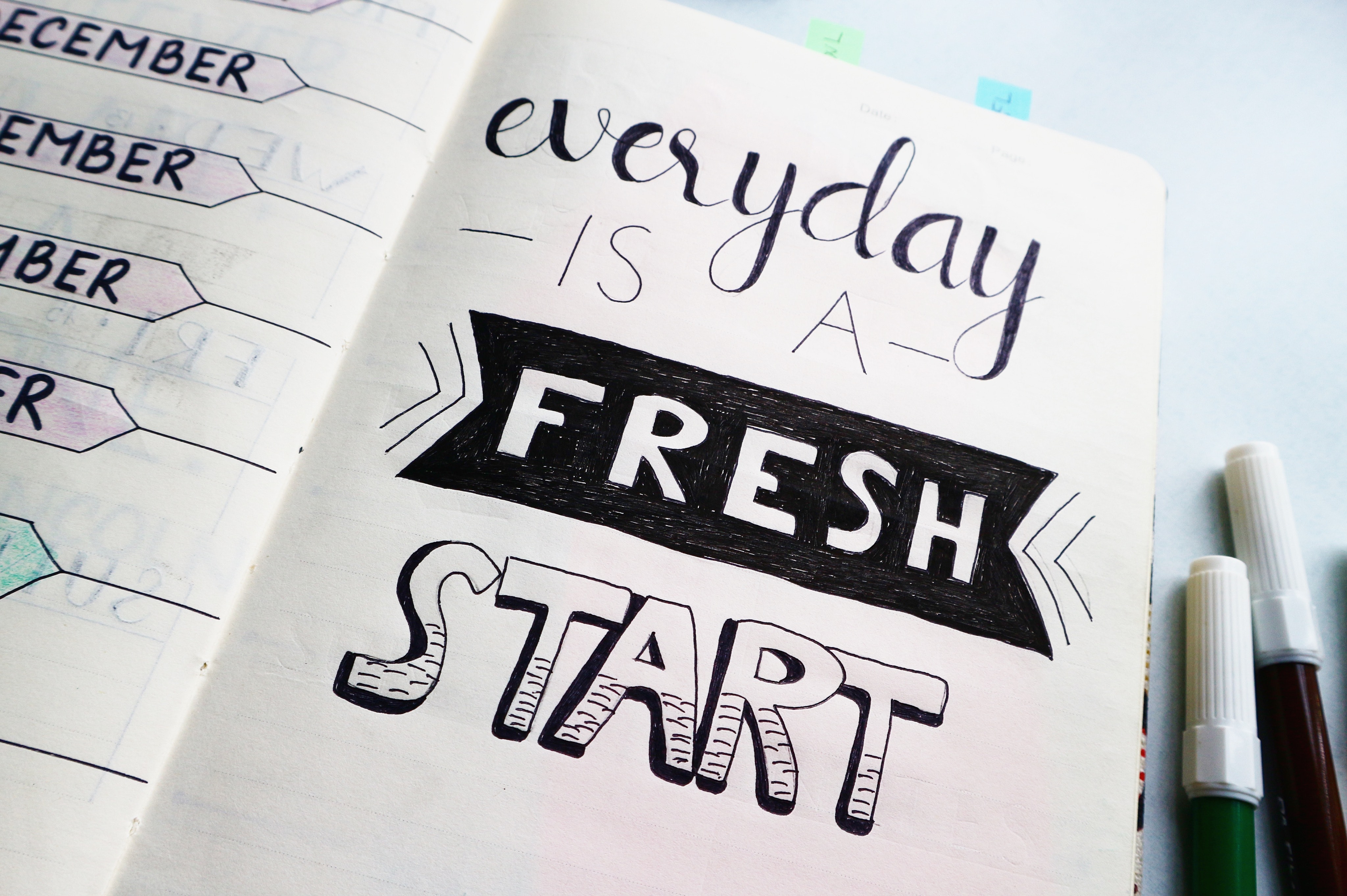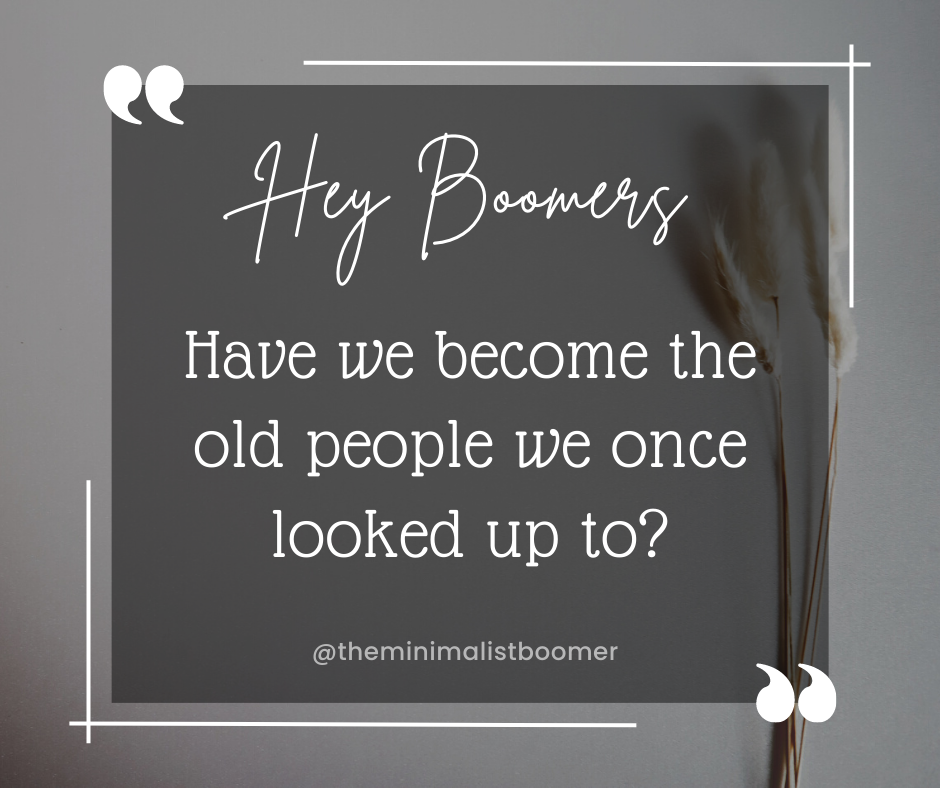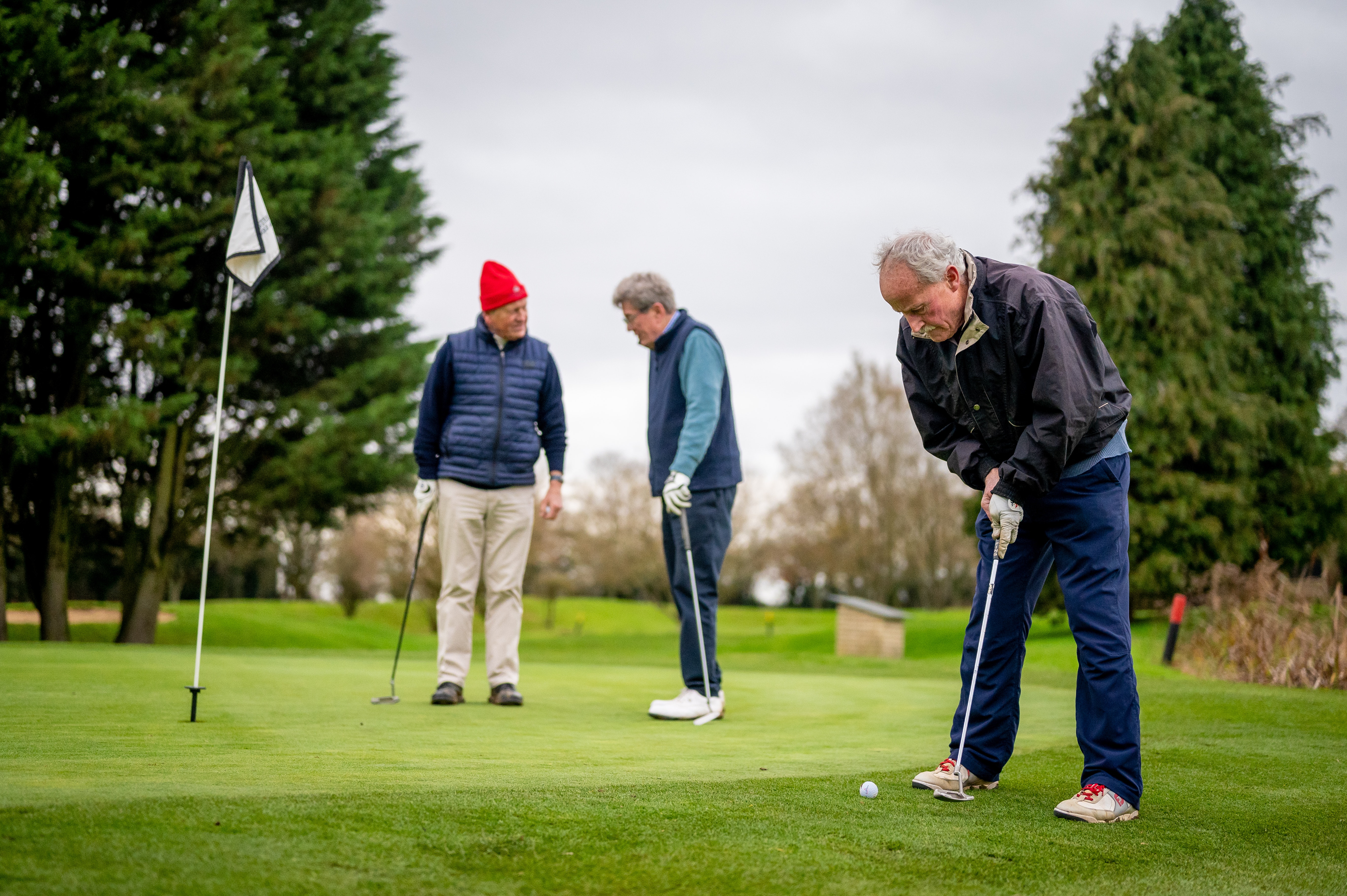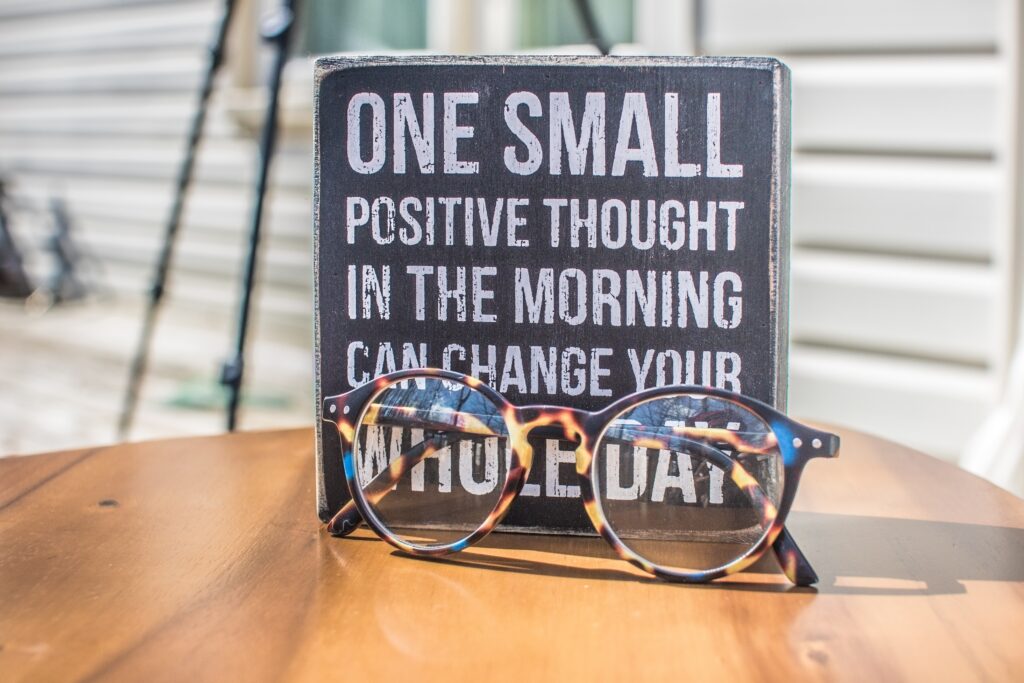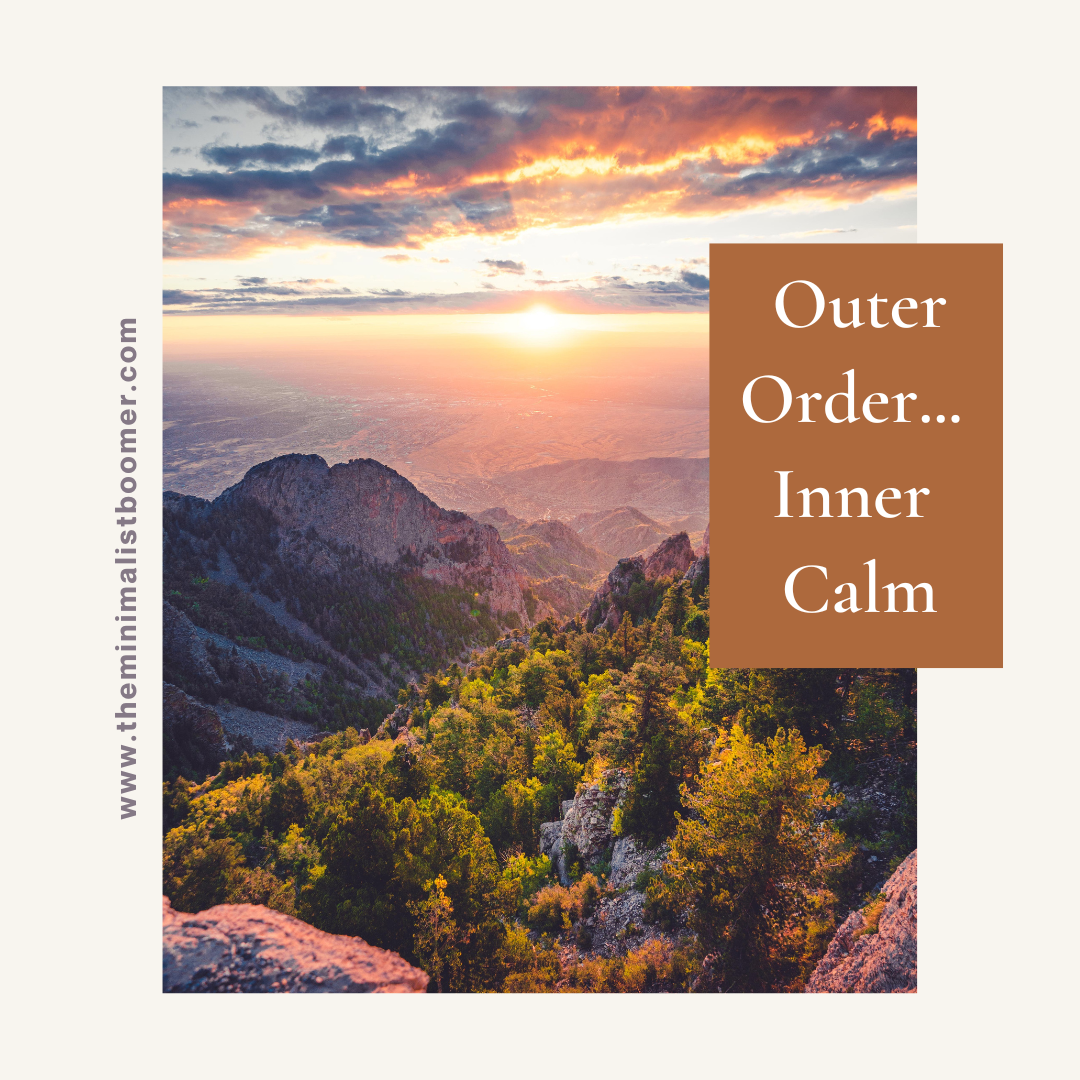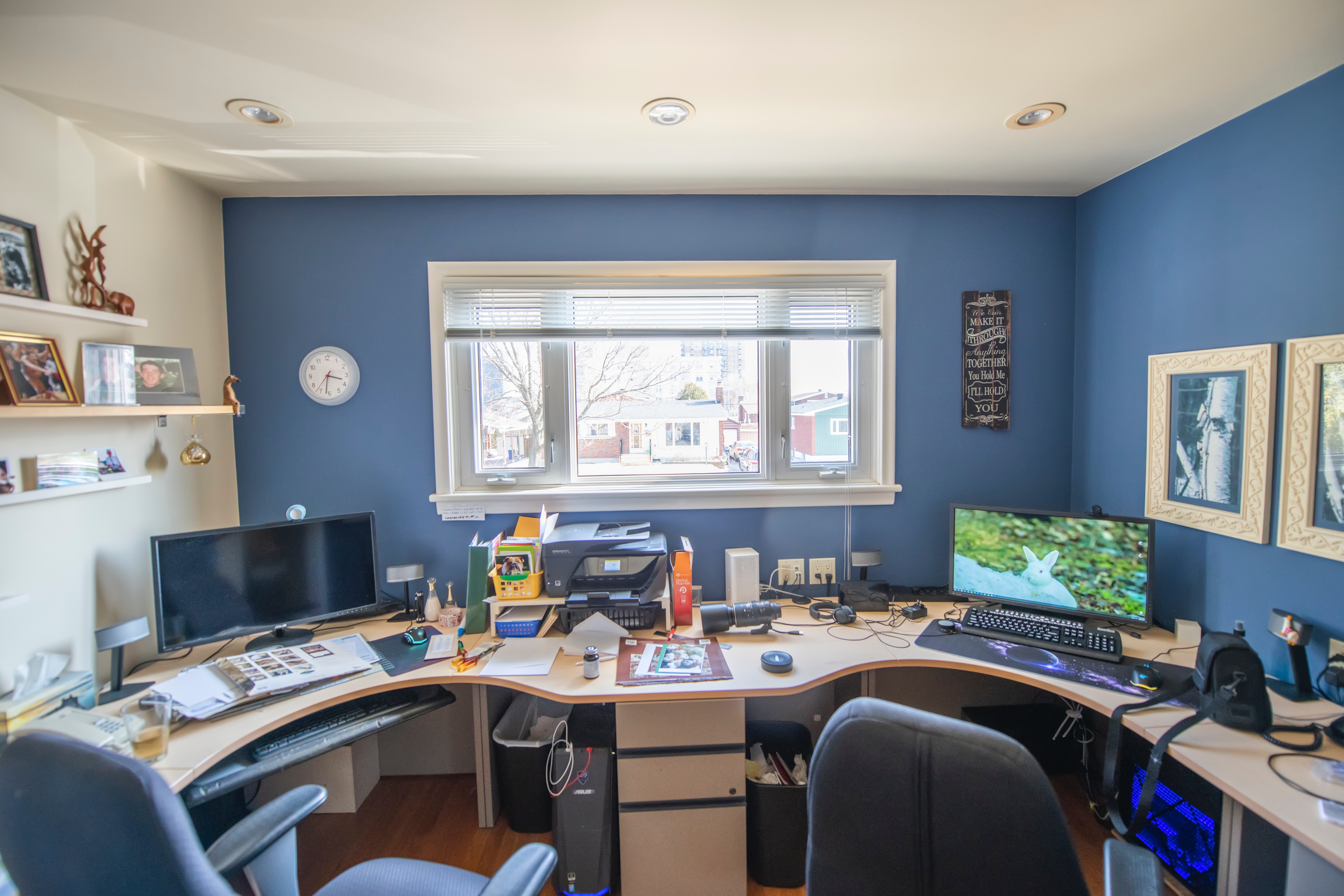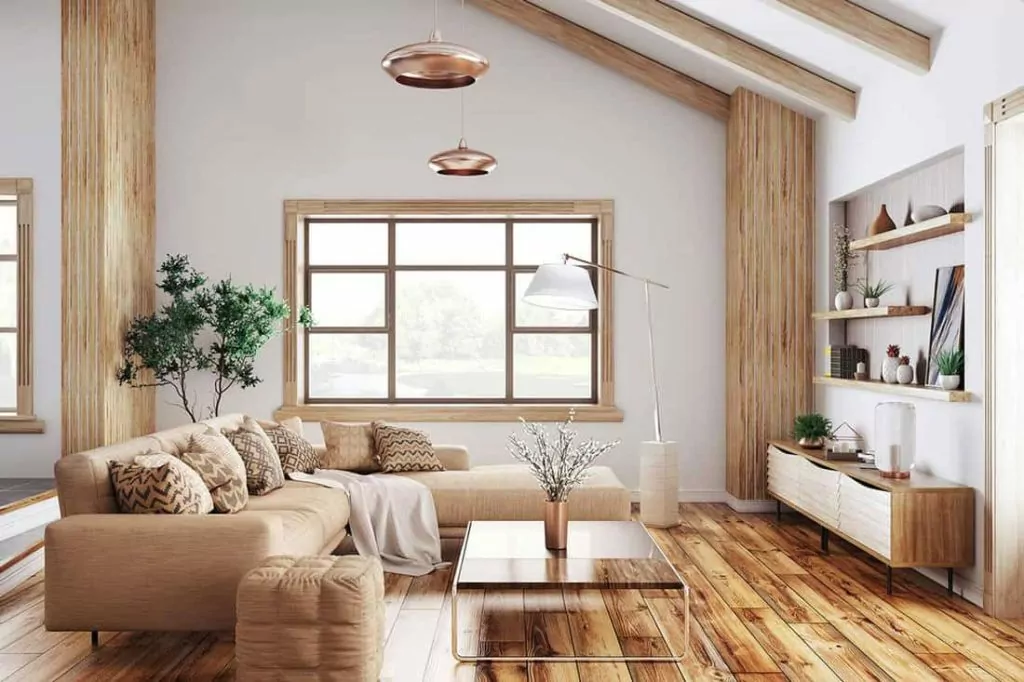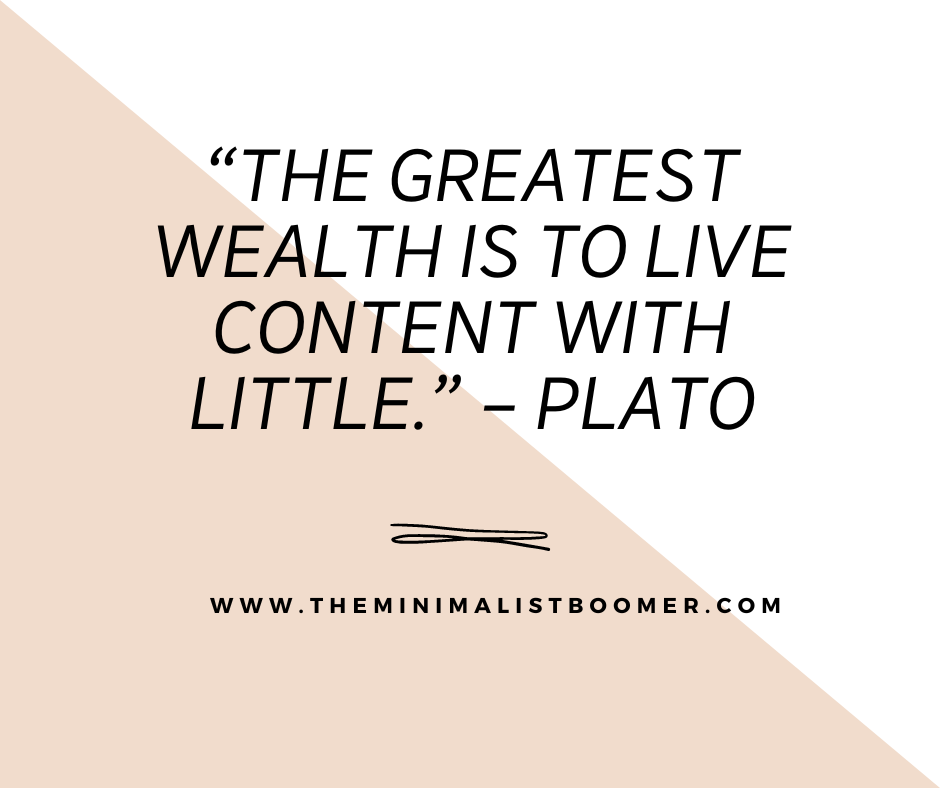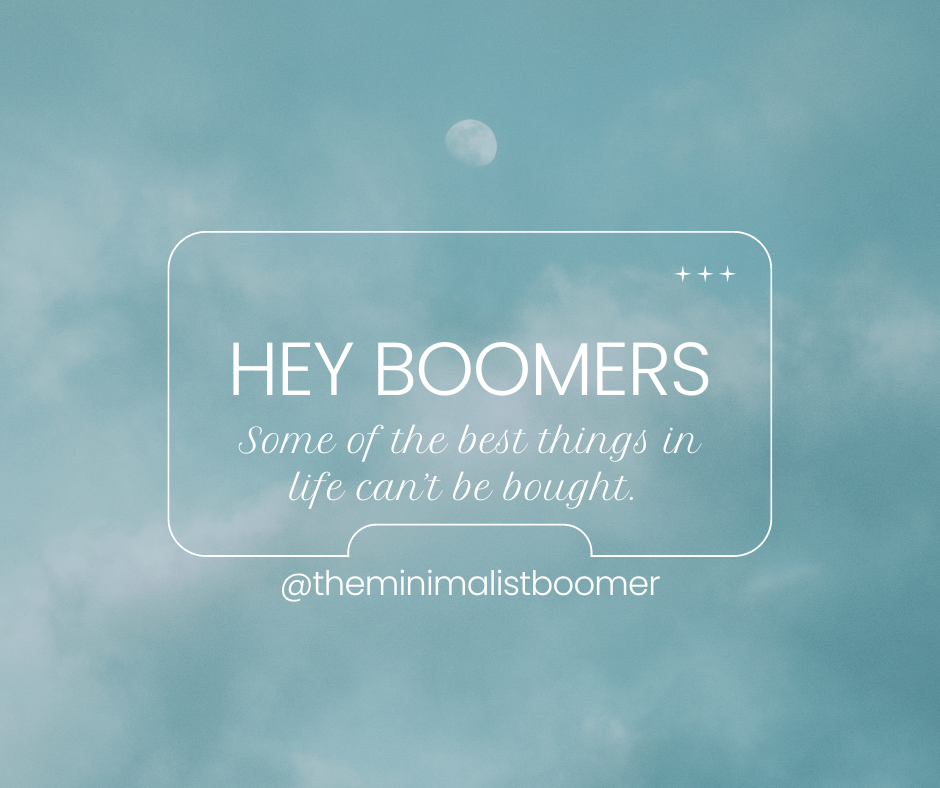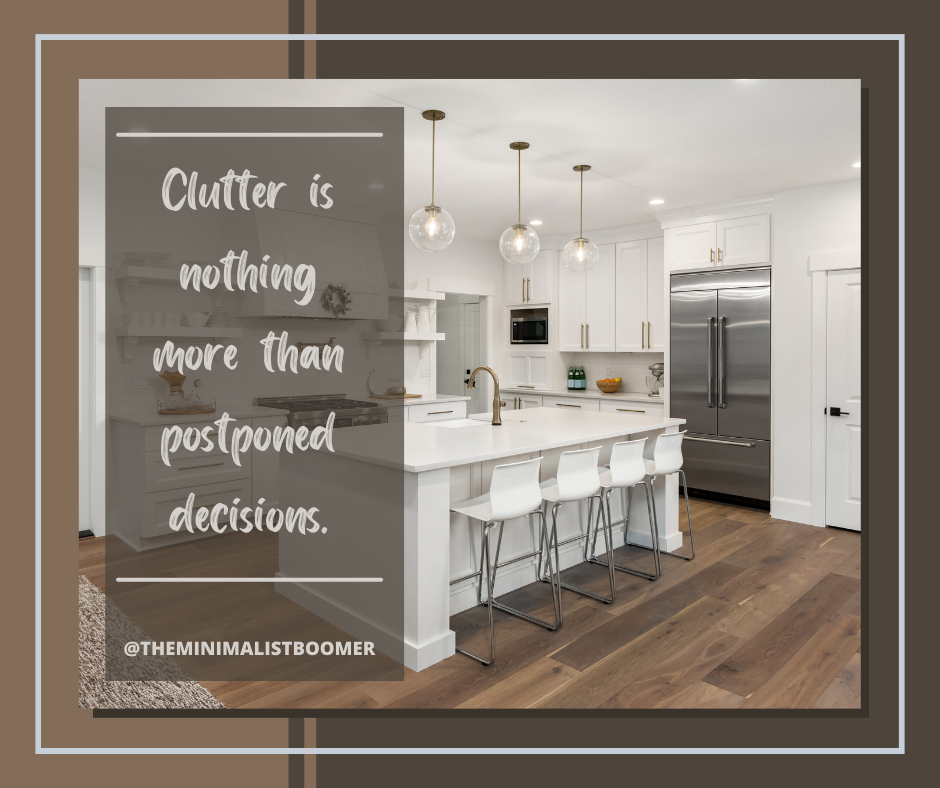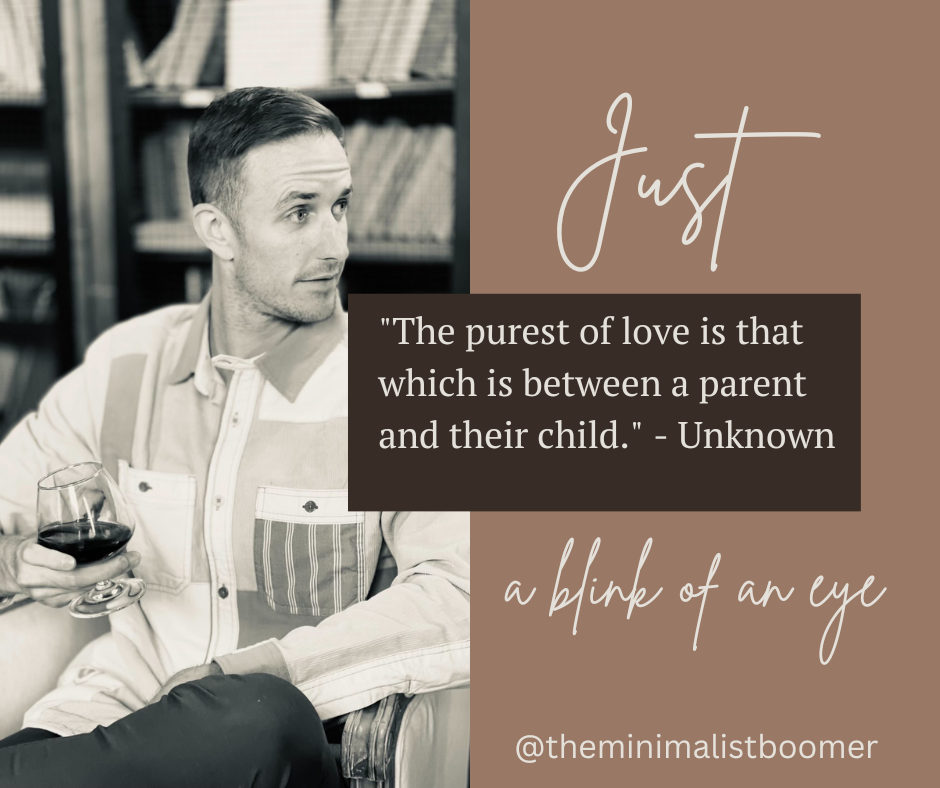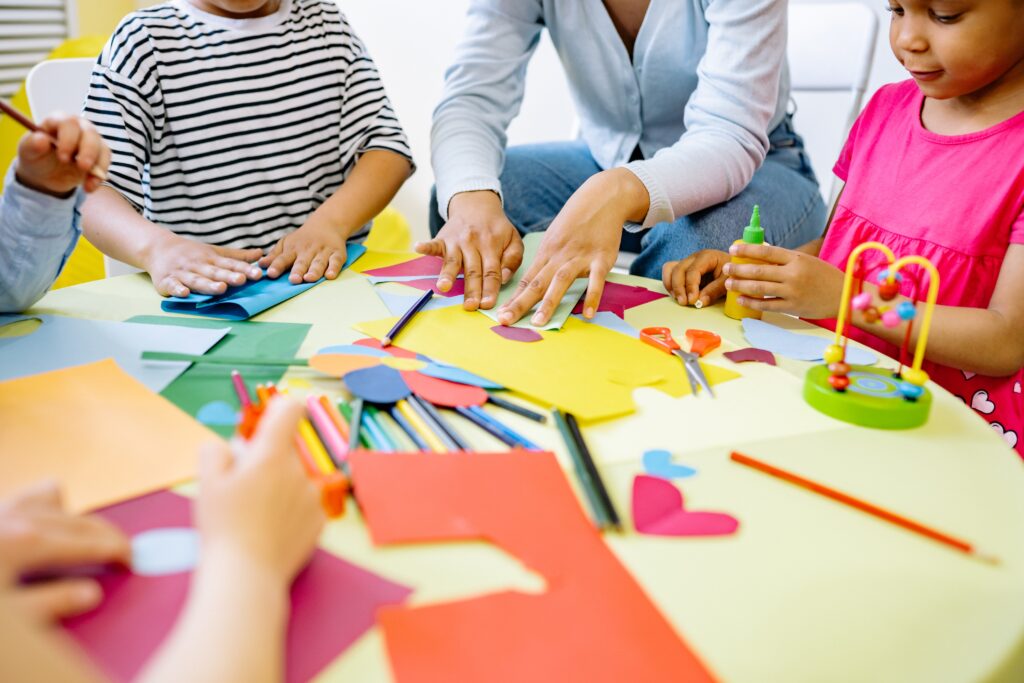Have you ever felt stuck in life, unable to move forward? If so, it’s time to Re-Set, Re-Adjust, Re-Start, and Re-Fresh! Time seems to be flying by and it’s essential to keep your life balanced and on track. But, when life throws curveballs, it’s challenging to stay motivated and focused. That’s where these four reliable steps come in handy.
It’s all about taking a step back and re-evaluating your goals. You’ll learn how to adapt and make necessary changes to your life. It’s never too late to start a new beginning – the key is embracing your power to change and thrive.
So, buckle up and get ready to embark on an exciting journey of Re-Set, Re-Adjust, Re-Start, and Re-Fresh your life!
Re-Set: Take a Break, Refocus

Take a Break
Sometimes we all need to take a break. It’s important to step back and recharge your batteries. Taking a break can help you to gain perspective and come back to your work with fresh eyes. It’s important to remember that taking a break doesn’t mean you’re being lazy. It’s actually an essential part of being productive.
So, take a walk outside, listen to some music, or do something else that you find relaxing. This will help you to clear your mind and come back to your work feeling refreshed and ready to tackle the task at hand.
Refocus
After taking a break, it’s important to refocus. This means setting aside distractions and focusing on the task at hand. One way to do this is to break the task down into smaller, more manageable steps. This can help you to feel less overwhelmed and more focused.
Another way to refocus is to eliminate distractions. Turn off your phone, close your email, and shut down any other programs that might be distracting you. This will help you to stay focused and be more productive.
Remember, taking a break and refocusing are essential to being productive. So, don’t be afraid to step away from the task at hand and come back to it with fresh eyes. This will help you to be more productive in the long run.

Re-Adjust: Evaluate and Make Changes
Evaluate
It’s easy to get stuck in a routine and keep doing things the same way, but sometimes we need to take a step back and evaluate if what we’re doing is actually working. This is especially important when it comes to our goals. Are the actions we’re taking getting us closer to where we want to be? Are we seeing the results we were hoping for?
When evaluating, you need to look at the big picture. Consider what your ultimate goal is and whether the actions you’re taking are aligned with that goal. It can also be helpful to look at the data. Are there any patterns or trends that you’re noticing? Is there something that’s consistently not working?
“Don’t be afraid to give up the good to go for the great.” – John D. Rockefeller
Make Changes
Once you’ve evaluated your current situation, it’s time to make changes. This can be intimidating, but remember that change can be a good thing. It’s an opportunity to try something new and potentially see better results.
When making changes, start small. Pick one or two things that you can modify and see how they impact your progress. This will help you avoid feeling overwhelmed and make it easier to track your results. It’s also important to be patient. Change takes time, and it’s unlikely that you’ll see immediate results.
As you make changes, keep evaluating and adjusting as necessary. Don’t be afraid to try new things and take risks. And remember, it’s okay to fail. Failure is a learning opportunity and can help you make even better adjustments in the future.

Re-Start: Learning from Mistakes and Setting New Goals
When things don’t go according to plan, it’s easy to feel discouraged and defeated. It’s important to remember that mistakes are a natural part of the learning process. Making mistakes can actually be beneficial if you use them as an opportunity to learn and grow.
Learn from Mistakes
“If you learned from it, then it wasn’t a mistake. It was a lesson.” – Thomas Edison
Mistakes happen, but what’s important is how you respond to them. Don’t beat yourself up or dwell on the past. Instead, take a step back and reflect on what went wrong. Ask yourself what you could have done differently and what you learned from the experience. This will help you avoid making the same mistake in the future and improve your chances of success.
It’s also important to remember that everyone makes mistakes. Even the most successful people in the world have failed at some point in their lives. The key is to use those failures as a stepping stone to success.
Set New Goals

Once you’ve learned from your mistakes, it’s time to set new goals. This will give you something to work toward and help you stay focused. When setting goals, it’s important to make them specific, measurable, attainable, relevant, and establish a reasonable timeline for meeting them.
Start small and work your way up. Don’t try to tackle everything at once. Focus on one or two goals at a time and give yourself time to achieve them. Celebrate your progress along the way and don’t forget to reward yourself for a job well done.
By learning from your mistakes and setting new goals, you can re-start and re-fresh your life with a new sense of purpose and direction. So don’t be afraid to take risks and try new things. You never know what you’re capable of until you try.
Re-Fresh: Declutter and Try Something New
Feeling stuck in a rut? It’s time to hit the reset button and give yourself a fresh start. The first step to re-freshing your life is to declutter your space. A tidy living environment can help clear your mind and increase productivity.
Declutter
Start by going through each room in your home and getting rid of anything that doesn’t serve a purpose or bring you joy. Donate clothes you haven’t worn in years, throw away expired items in your pantry, and sell or give away items you no longer need. Not only will this clear up space in your home, but it will also help you prioritize what’s truly important in your life.
Once you’ve decluttered your living space, it’s time to declutter your mind. Practice mindfulness by meditating, praying, journaling, or simply taking a few minutes each day to reflect on your thoughts and feelings. This will help you let go of any negative emotions or stress that may be holding you back.
Try Something New
The next step to re-freshing your life is to try something new. Whether it’s learning a new skill, trying a new hobby, or visiting a new place, stepping out of your comfort zone can help you grow as a person and bring excitement to your life.
If you’ve always wanted to learn a new language, sign up for a class or try a language learning app. If you’ve always been interested in writing, start a blog and begin creating. If you’ve been dreaming of traveling to a new country, start saving and planning your trip.
Trying something new can be scary, but remember that growth comes from discomfort. Embrace the uncertainty and enjoy the experience.

Resetting, readjusting, restarting, and refreshing are all essential elements in achieving success. Just take a step back, analyze what’s working and what’s not, and make the necessary changes. Don’t be afraid to try new things and take risks.
Remember, failure is not the end; it’s just an opportunity to learn and grow. Keep pushing forward toward your goals and never give up. With the right mindset, determination, and willingness to adapt, anything is possible. So go ahead, hit that reset button, and start fresh!


